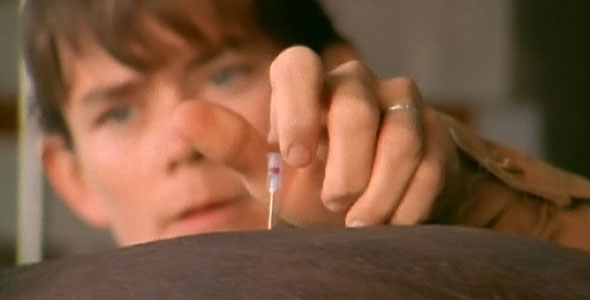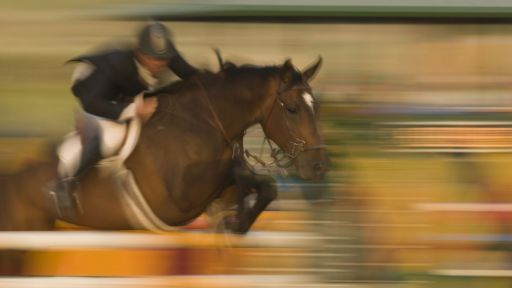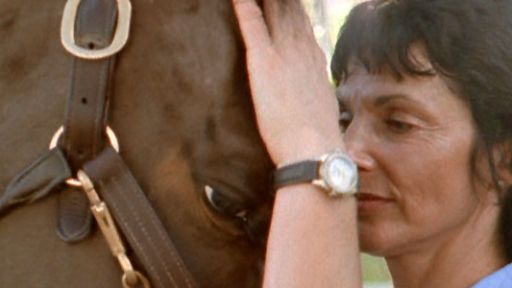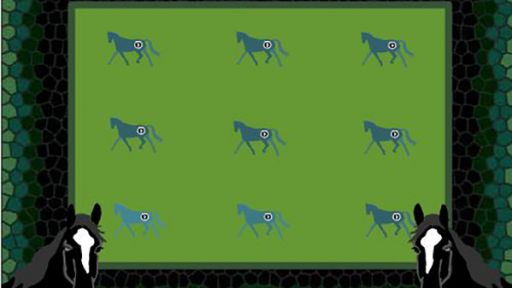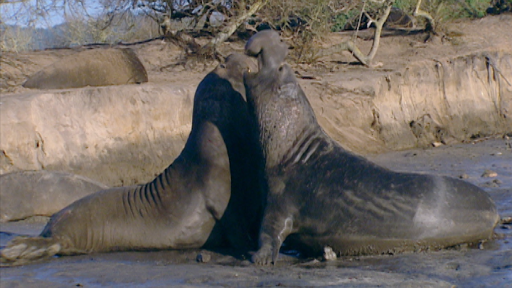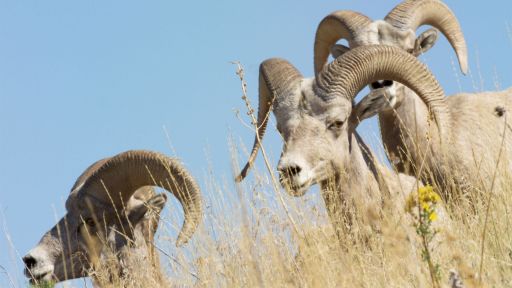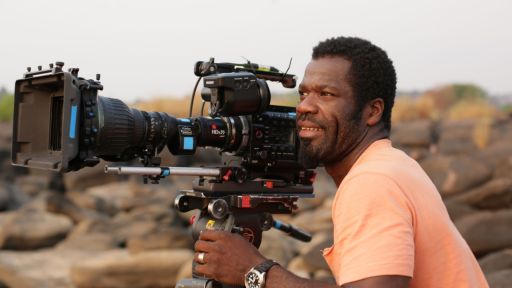Like all top-flight athletes, horses involved in grueling competitions often get careful medical attention. And as NATURE’s Horse and Rider shows, some riders are increasingly turning to alternative medical methods — from acupuncture to herbal remedies — to keep their steeds sound.
Over the last few decades, these alternative approaches have blossomed as veterinarians have looked for new ways to treat a host of horse maladies, from sore muscles to breathing problems. For instance, some vets use the long, willowy acupuncture needles, inserted in strategic spots, to relieve aches and pains. It’s a technique borrowed from age-old Chinese medicine, along with feeding horses certain herbs, which are aimed at doing everything from calming nervous stallions to soothing upset stomachs. Other riders put their faith in horse homeopathy, which uses tiny quantities of herbs or minerals to help the animal resist infections or disease, or in the use of light, smell, and sound to aid animals in distress.
Not all techniques deemed “alternative” are aimed at healing injuries or treating disease, however. Many are aimed at preventing health problems. Equine chiropractors, for instance, might massage and manipulate a horse’s spine and joints in a bid to improve flexibility and prevent injury. Other “holistic” practitioners try to consider a horse’s entire environment in seeking to avoid trouble. For instance, they might take a careful look at a horse’s diet, believing that some horses respond poorly to modern feed full of additives.
Many mainstream vets are skeptical of many of these alternative approaches. Some, they point out, are backed by scant scientific evidence that they actually work. Others, such as some herbal treatments, can actually be harmful to horses if misused. And some associations that govern competitive horse sports bar the use of some remedies, noting they can unnaturally enhance performance. Still, alternative medicine is finding its way into the paddock.
One group that has seen some benefits from alternative approaches is Lone Star Equine Rescue, an Austin, Texas-based group that helps protect and rehabilitate abused horses. Lone star president Jennifer Williams, an animal behavior and welfare specialist, recently spoke with NATURE about alternative medicine’s place in the group’s work:
NATURE: How did you get interested in alternative therapies for horses?
Jennifer Williams: We’re a non-profit equine rescue group with about 170 to 200 members with a wide range of experiences and expertise. While I personally did not know much about alternative therapies, many of our members did, and they have been willing to share that information.
Also, we get in horses with a wide variety of physical and emotional problems and needs. Sometimes traditional medicine is unable to help them, and we must look for alternatives.
Which alternatives would you say are in the widest use?
I see a lot of herbal therapies — many for calming, because many of our horses come to us with such emotional problems and issues with trust in humans.
How are alternative therapies received by the mainstream vet community?
It depends a great deal on the vet. We work with some vets who often turn to alternative therapies and recommend them for our horses. In our experience, this has been the minority. We have some vets who do not recommend or know much about alternative therapies but are interested in our use of them — probably the majority. We also have some vets who clearly distrust all alternative therapies.
Can you give some examples of horses treated with alternative methods?
Our rescue does own several horses who have been treated with alternative therapies. Angel was donated to LSER because she had a horrible bucking problem. The vet who vaccinated her for us also evaluated her and found what appeared to be a misalignment in her spine. He recommended a vet who practices several alternative therapies and Angel spent a couple of weeks with the vet getting chiropractic adjustments, equine massage, and electrical stimulation. After she returned home, she began retraining and has been a different horse.
We have used [a technique called] the Strausser barefoot trim with a couple of our horses. One is Ginger who came to us foundered in all four feet as a yearling. Her foster home was experienced with the Strausser trim and worked with her to help her overcome lameness.
What do you see as the future of alternatives?
I think we’ll see more and more vets become accepting of herbal therapies as well as more vets actually striving to learn more.

